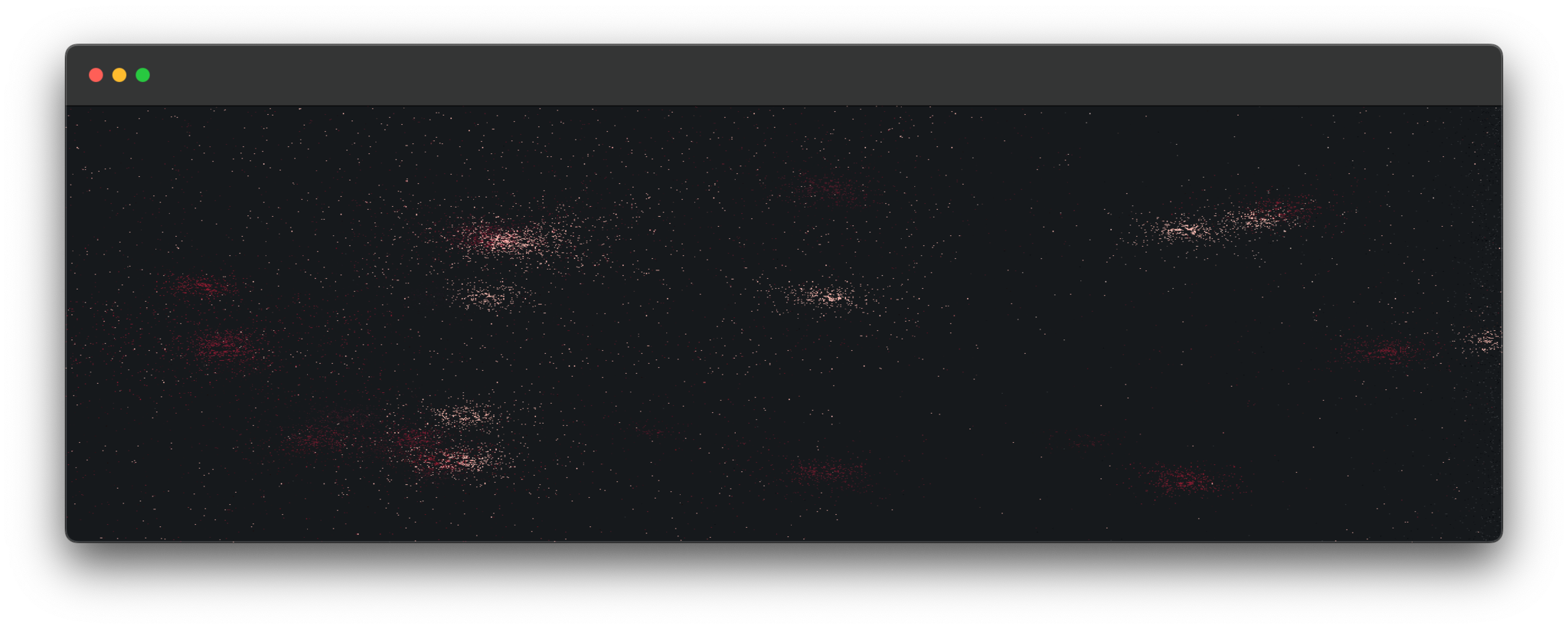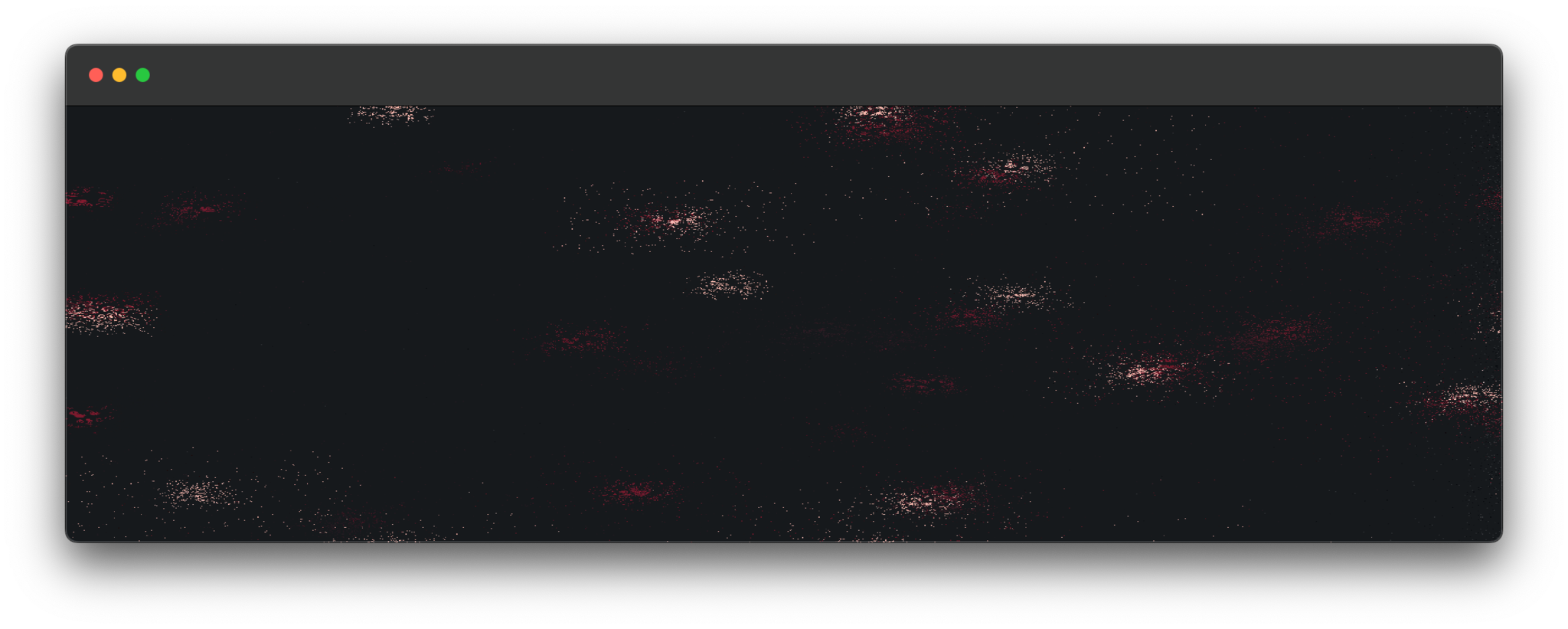Framework Sonorities
Methods for examining and connecting sets of materials, primarily code snippets adapted for live coding, focus on establishing a musical classification suited to their characteristics. One of the shortcomings of a live-coding interface is how one moves through and selects code from a large set of pre-existing configurations. The linear nature of code documents means that one quickly ends up with large documents where one either scrolls through or jumps about within them. A more fruitful approach is implementing strategies that articulate those differences through data structures designed to facilitate better navigation and change.
Having tried a few experiments such as dynamic code injection and preset systems, I decided to build a network model for exploring the different states to be discovered within the material spaces. The behaviour-driven sonorities would become nodes that would be set up within a graph or network. The edges between these nodes could be an indication of what happens next or the implementation of more sophisticated manners such as propagating parameter collection between the nodes.
Holding Pattern, Averse
Using sets of very short, custom-synthesised samples the graph processes from gestures and micro-rhythms through rapid sequences that became the basis of the piece. None of the rhythmic material is really repetitive but rather constantly varying. These are quickly layered though with pitched lines that iterate and sustain.
The combination of the two is what ‘causes’ movements in the textures and the behaviour of an additive cluster that is created out of analysis data. The cluster shapes in somehow tonal ways forming melodic shapes that closely follow the leading iterative rhythmic bursts.

